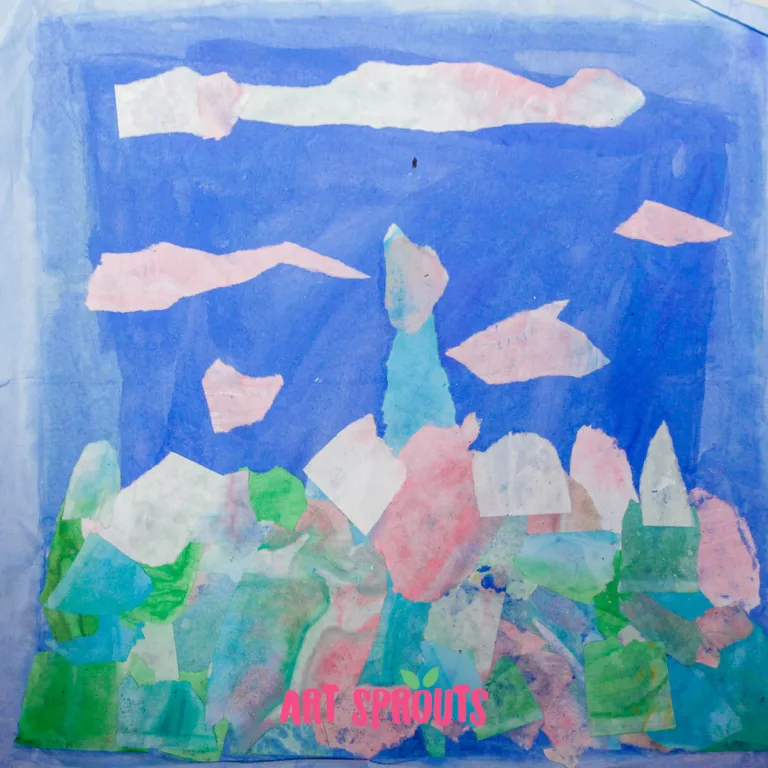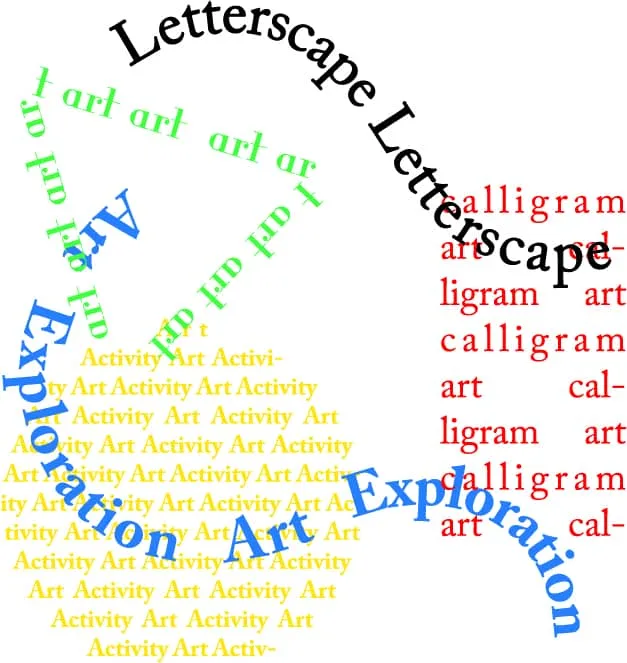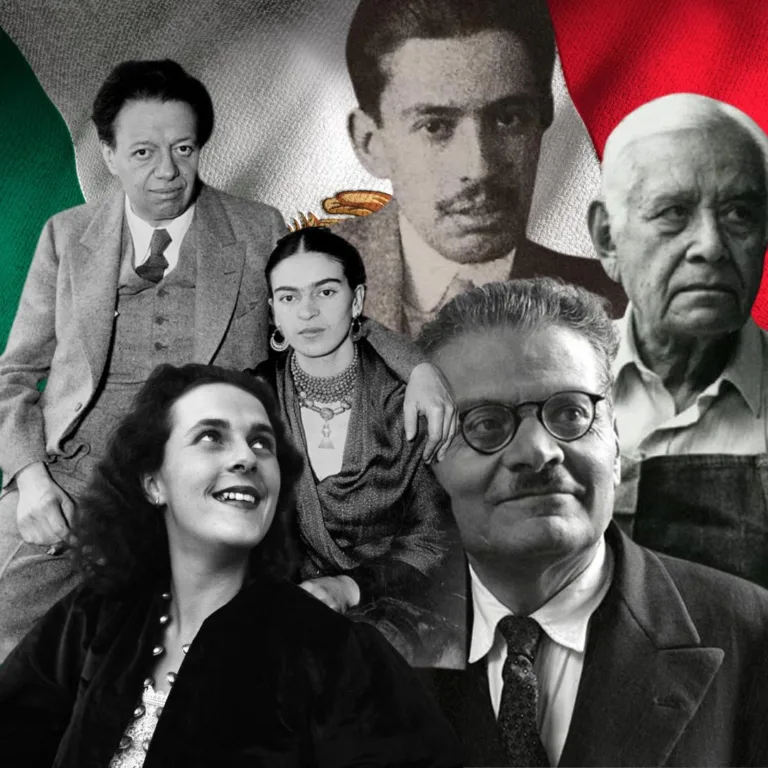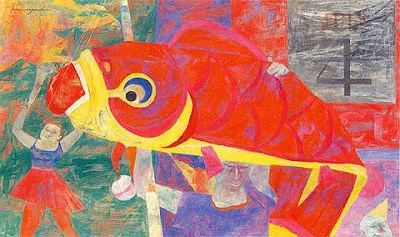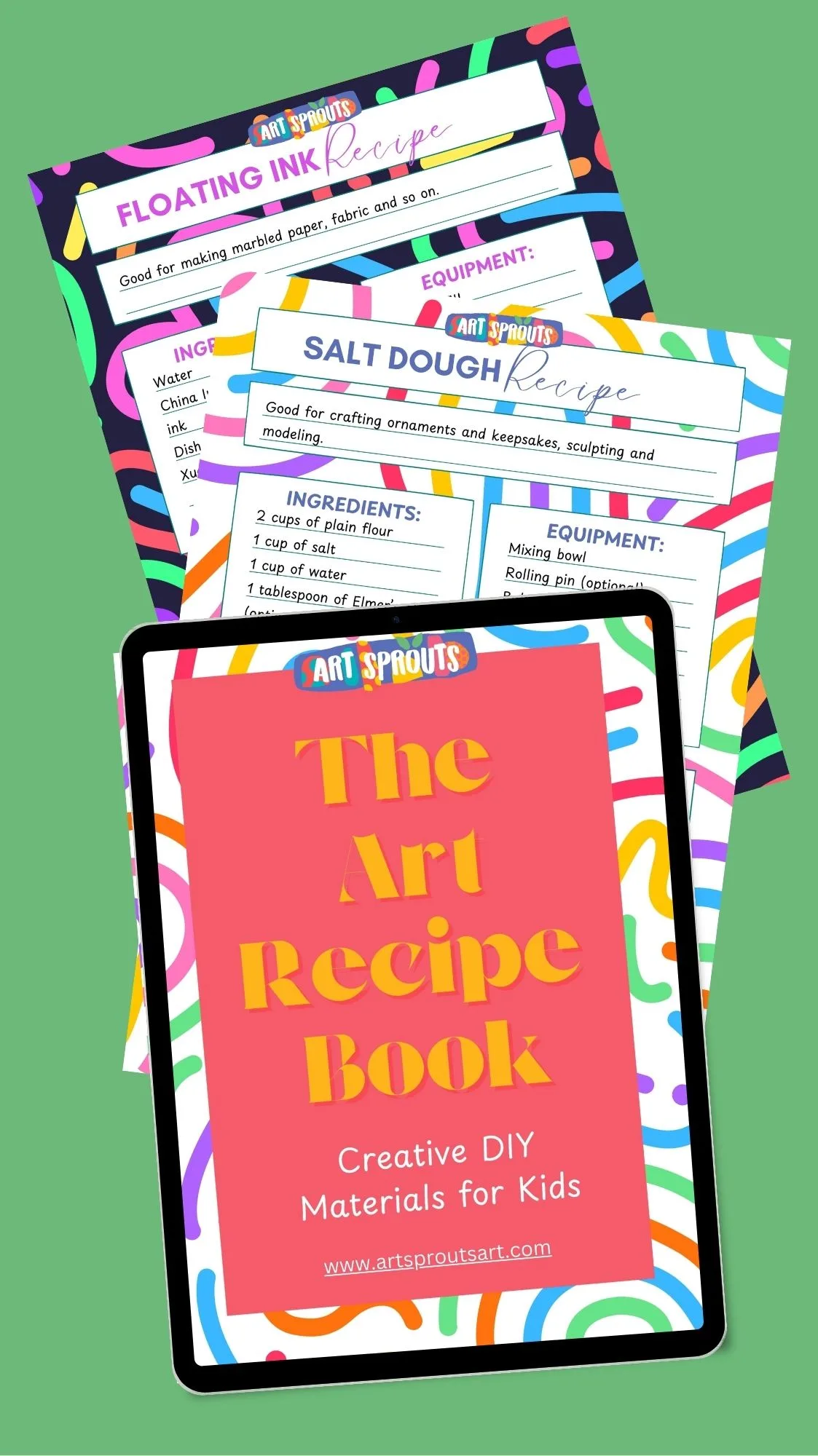Monochromatic Sculpture for Kids: A Step-by-Step Guide to Creative Exploration!
Embark on a journey of discovery and creation with our latest art adventure: crafting monochromatic sculptures for kids! This hands-on activity is perfect for young minds eager to explore the world of art through a process-based approach that champions sustainability and affordability. Using mostly everyday and recycled materials like chopsticks and tissue paper, this art project not only fosters creativity and environmental awareness but also introduces little ones to the compelling realm of monochromatic and conceptual art.
We invite children to think like Piero Manzoni, using simple materials to create complex textures and forms. As they delve into the tactile experience of monochromatic sculpting, they’ll learn valuable lessons about the interplay of shadow, light, and texture.
Designed for budget-savvy families and eco-conscious classrooms, this activity turns humble materials into stunning visual explorations, proving that artistic expression doesn’t have to be expensive or wasteful.
Are you looking for more sensory exploration and process-based activities? Check out our tactile art exploration or our step-by-step guide to printmaking with found objects!
Piero Manzoni

[Achromes] are a single uninterrupted and continuous surface from which anything superfluous and all interpretative possibilities are excluded.
Piero Manzoni
Piero Manzoni was born on July 13, 1933, in Soncino, Italy, into a wealthy family. He studied art and law but was largely self-taught as an artist. Manzoni was an influential figure in post-war European art and was associated with the avant-garde movements of his time, including Conceptual Art and Arte Povera.
During his brief but intense artistic career (he died suddenly at the age of 29), Manzoni sought to overturn traditional art concepts. His “Achrome” series, which he began around 1957, is among his most significant contributions to the art world. “Achrome” means without color, and in these works, Manzoni stripped away the traditional role of color in painting to focus on the materials and the spatial qualities of the work.
The “Achrome” series includes paintings and three-dimensional objects that are devoid of any color, often created by using kaolin—a white clay used in the production of porcelain—on canvas. The kaolin gave the works a uniform, colorless appearance, which refracted light and shadow differently, depending on the ambient conditions. By doing this, Manzoni emphasized the art object’s existence in time and space rather than representing or depicting a subject.
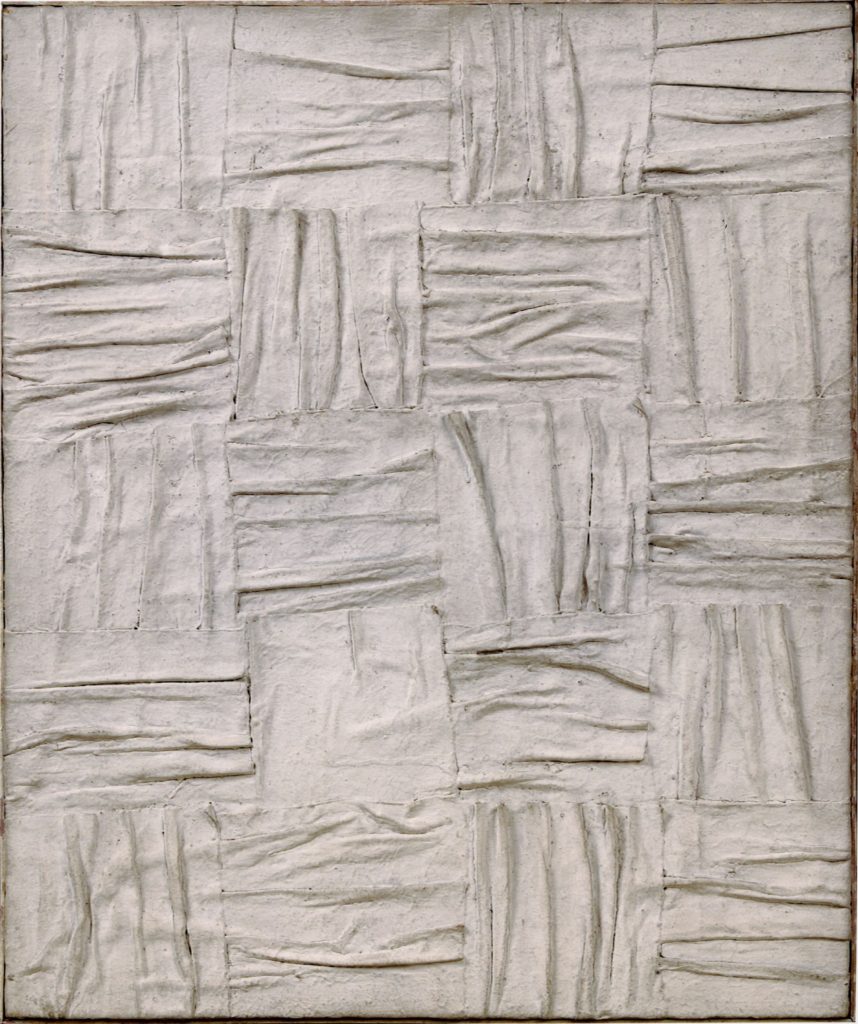
Manzoni’s process for creating the “Achromes” varied; some were made by dipping fabric in kaolin and then allowing it to dry without intervention, while for others, he manipulated the material into folds and textures before it set. The resulting works are abstract, with their form determined by the behavior of the materials rather than by the artist’s hand.
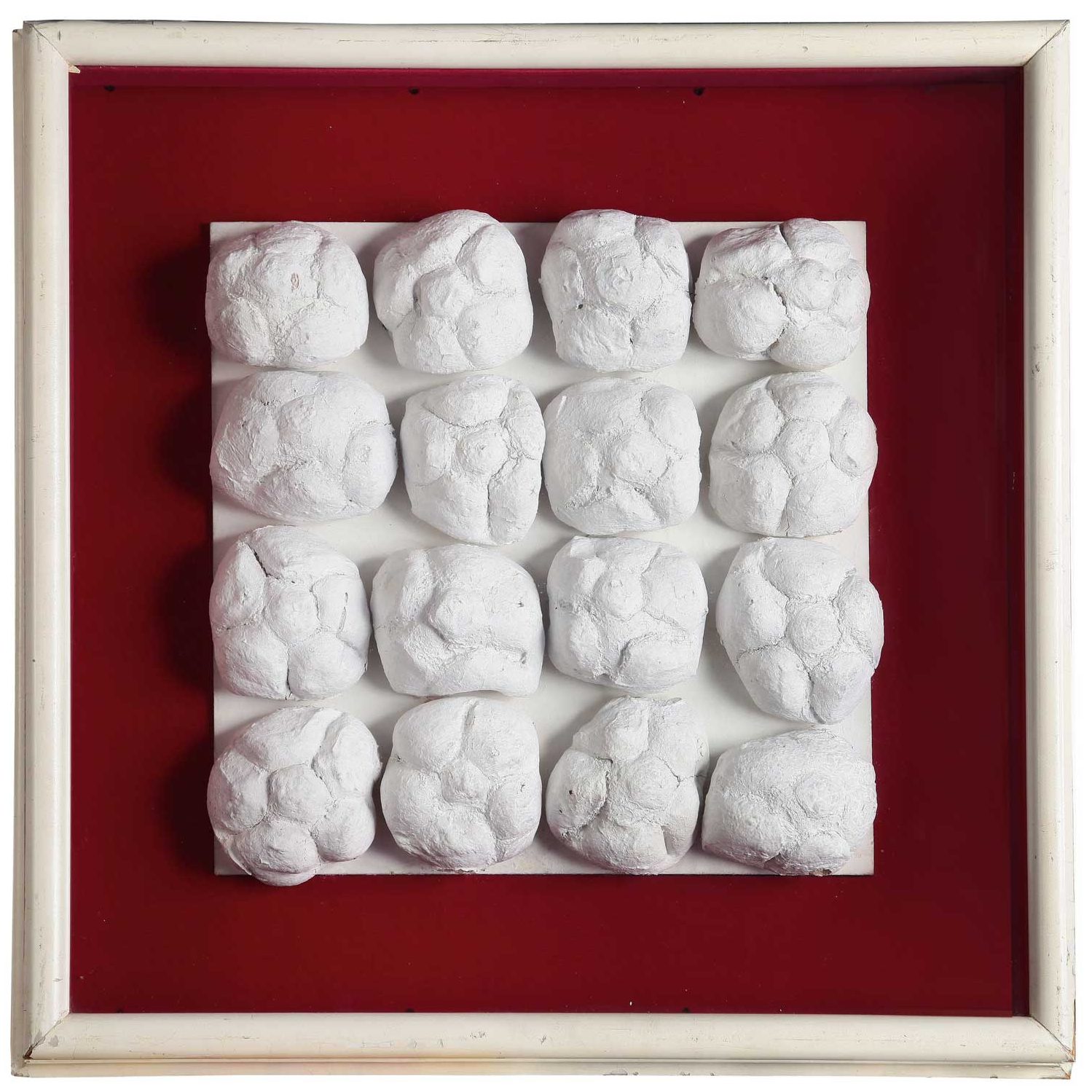
Manzoni’s work with the “Achrome” series also includes experimenting with other materials like bread rolls, cotton wool, and fiberglass, expanding the definition of what could be used to make art and how art could engage with the world.
Despite his work’s conceptual nature, Manzoni’s approach was also physical and tactile. He was interested in the relationship between the material properties of art and the space it occupies, a relationship that invites the viewer to consider their own physicality in relation to the work.
Glossary:
- Conceptual Art: A type of art where the idea or concept behind the work is more important than what the work looks like. It’s about the thoughts and messages the artist wants to communicate.
- Texture: The way a surface feels or looks like it would feel if you touched it. In art, texture can be actual (how something really feels) or visual (how something looks like it would feel).
- Tactility: This refers to the sense of touch or what you feel with your fingers when you touch something. Tactile qualities are very important in some types of artwork.
- Kaolin: A type of clay that is used in some forms of art, including Piero Manzoni’s Achromes. It’s often used because it is white and can create a particular texture.
- Unconventional Materials: Anything used to make art that is not typically found in art supplies. For example, Manzoni used ordinary objects like bread rolls in his art.
- Creative Process: The steps and decisions an artist makes while creating a piece of art. This can include thinking of an idea, choosing materials, and actually making the artwork.
- Recognizable Subject: Something shown in art that looks like what it is supposed to be, like a painting of a dog that looks like a dog. Manzoni’s Achromes do not have a recognizable subject because they focus on texture and material instead.
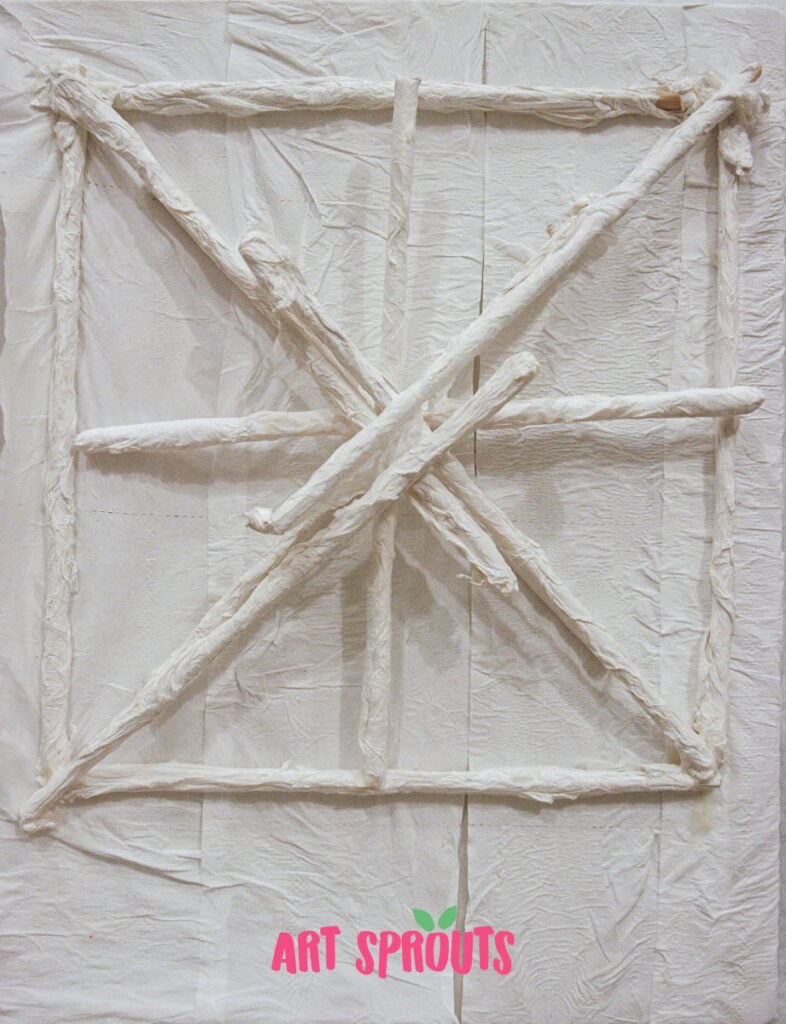
Let’s create monochromatic sculptures inspired by Piero Manzoni
Skills involved:
- Fine Motor Skills: Handling chopsticks and paper mache enhances dexterity and hand-eye coordination.
- Creative Problem-Solving: Children exercise creativity and critical thinking as they design and construct their sculptures.
- Artistic Concepts: This activity introduces principles of form, balance, and composition, fostering an early appreciation for art.
- Scientific Understanding: Kids encounter basic physics when exploring balance and stability in their structures.
- Sensory Development: Engaging with textures and materials, children enhance their tactile awareness.
- Environmental Awareness: Using recycled materials teaches the importance of sustainability and resourcefulness.
- Cultural Knowledge: Exposure to conceptual art history expands cultural awareness.
Prep:
Introduction to the Artist:
Begin by introducing Piero Manzoni to the class, sharing key points about his life as an artist and his innovative contributions to the art world. Explain how Manzoni challenged traditional art by using unconventional materials and focusing on the creative process.
Exploring the Achrome Series:
Show examples of Manzoni’s Achrome series. Highlight the materials he chose, like kaolin and textiles, and discuss the absence of color in his work. Emphasize how Manzoni placed importance on the texture and form of materials rather than creating a recognizable subject.
Discussion on Tactility:
Encourage the students to describe how they think the artworks might feel if they could touch them. Would they be rough, smooth, rigid, or soft? Discuss how the tactile qualities of the materials contribute to the overall impact of the artwork.
Shadow and Environment:
Lead a conversation on how shadows and the surrounding environment might alter the appearance and perception of Manzoni’s artworks. Ask the students to imagine the art in different settings—how would it look under bright lights versus in a dim room?
Introducing Conceptual Art:
Explain the concept of “conceptual art”—art where the idea presented by the artist is more important than the finished product. Discuss how Manzoni’s work fits into this category because it encourages viewers to think about the concept and process behind the art.
Prompts:
- Texture Exploration: “Imagine closing your eyes and running your hands over one of Manzoni’s Achrome pieces. What words would you use to describe the feeling?” To take the exploration further, you could collect and invite the kids to touch some of the materials used in Manzoni’s Achromes, such as fabric, bread rolls, and cotton.
- Visualizing Changes: “If we were to take an Achrome outdoors on a sunny day, how do you think it would look different from being inside our classroom?”
- Material significance: “Why do you think Manzoni chose materials like kaolin and bread rolls for his art? What message do you think he was trying to send with these choices?”
- Personal Interpretation: “If you could transform one of these Achromes into something that represents you, what materials would you use and why?”

Materials:
- Wood chopsticks
- Tissue paper or toilet paper
- Elmer’s glue
- Containers (take-out plastic containers are perfect) for water and glue mixture
- Sturdy supports like plywood or cardboard
Steps:
- Set up the classroom by distributing one container every 2 or 3 students. Demonstrate how to mix the water and glue to create a sticky solution that will act as a paper mache paste.
- Encourage the children to tear white paper into various shapes and sizes. Have them dip the paper pieces into the glue mixture and apply them to their support base, exploring how layering affects the paper’s texture and form.
- Start wrapping the chopsticks with the glue-soaked paper. The paper layer can be thin or thick, smooth or rough; invite the kids to experiment with textures.
- Let the kids assemble their paper-covered chopsticks onto the base in whatever pattern or structure they are drawn to, encouraging them to consider the interplay of lines and shadows. Invite the children to move around their sculptures and observe how different lighting changes their appearance.
- Challenge the kids to adjust their sculptures to find balance and stability, which might involve playing with the positioning or number of chopsticks.
- Once the experimentation is complete, set aside the finished artworks for a few days or until completely dry.

Expansions:
- Exploration of Light: Investigate how different colors of light affect the appearance of the white sculptures. This can lead to a discussion about light waves, reflection, and refraction.
- Mix Media: Introduce other materials such as fabrics, everyday objects, or natural elements to incorporate into the sculptures for added texture and contrast.
- Write an artist’s statement: When it comes to conceptual art, the creative process and the artist’s intentions become essential in the process of art appreciation. Have students write their own artist’s statement, using the glossary to guide their thoughts.
What do you think? Leave your comment below!
Save for later:



